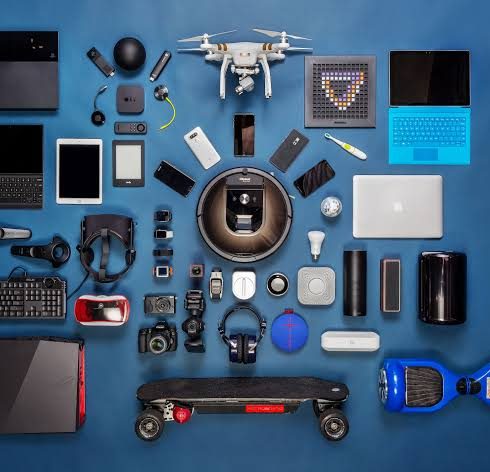Holographic Performances: Unveiling A New Dimension Of Entertainment
It’s no news that the advancement of technology has its effects on every area of society, and the entertainment industry is not left behind.
In the ever-changing landscape of the music industry, a revolution takes centre stage, and one sensational innovation that has captured the imagination of artists and audiences alike is holographic performances. Breaking the boundaries of live shows, holographic technology has brought in a new era for entertainment, allowing legendary artists to grace the stage once more, offering audiences an audiovisual experience that can be considered out of this world.

A few things that holographic technology offers to audiences include:
Reviving Legends: A Resonance of Nostalgia
Holographic performances have become a means of resurrecting music icons who have left their ever-green mark on the industry. From Tupac Shakur’s virtual appearance at Coachella to the holographic presentation of Whitney Houston and Michael Jackson, these posthumous performances allow fans to relive the magic these beloved artists have created in a surreal and emotionally charged manner.

Environmental Impact: Reducing the Carbon Footprint
As the music industry struggles with sustainability concerns, holographic performances present a smoother alternative. By minimising the need for extensive travel and elaborate stage setups, holographic shows reduce the carbon footprint associated with traditional touring, aligning with the industry’s growing commitment to environmental consciousness. This initiative would also be good for the artists, reducing the stress of trips, having their body clocks constantly readjusted, and avoiding such disadvantages.

Technological Wonders: The Science Behind The Magic
To bring such a big idea into reality, cutting-edge technology that goes beyond typical depictions has to be utilised and deployed. Advanced 3D projectors, laser beams, and intricate light displays combine to create holographic illusions seamlessly blending with live music. Innovations such as volumetric displays and motion-capture technology make it even more realistic, creating a visual spectacle from holographic performances.


Challenges And Controversies
As much as such ideas are being brought to reality to entertain the masses and give them what they have missed, there’s no doubt that such an initiative would spark lots of controversies and backlash. We live in a world where everything is questioned and this is definitely one to get people talking. Questions surrounding the ethics of resurrecting deceased artists, concerns about potentially replacing living musicians, and how authentic such concerts would be regarding the audience’s experience.

In conclusion, holographic performances represent a massive change in how things are run in the music and entertainment industries. Although many would accept it, many would also oppose it. Nonetheless, artists and technologists are collaborating to push the boundaries of what’s possible. Holographic shows are likely to become an integral part of the music world, and they will captivate audiences and shape the future of live entertainment.

Johnson Chukwueke
Johnson Chukwueke is a content and creative writer with over 3 years of experience as a professional. A microbiology graduate from the Imo State University, Johnson is a music enthusiast who also enjoys movies, reading, and swimming. He is a writer at THEWILL DOWNTOWN.






